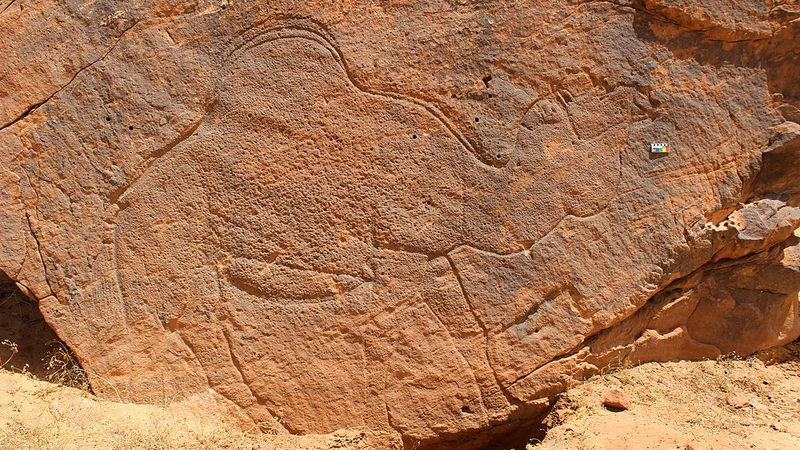About 12,000 years ago, hunter-gatherers trekked across the Arabian desert, leaving behind life-sized engravings of camels and other animals on sandstone cliffs and boulders. This monumental rock art, found south of the Nefud desert in northern Saudi Arabia, spans 30 km of rugged terrain.
Researchers identified around 60 rock art panels bearing more than 130 images—primarily camels, but also ibex, gazelles, wild donkeys and an aurochs. Some camel carvings stretch over 2 meters tall and 2.6 meters long, visible reminders of the animals’ central role in survival.
While many engravings sit on low boulders, one panel sits 39 meters above ground, engraved with 19 camels and three donkeys. Archaeologist Maria Guagnin of the University of Sydney and the Max Planck Institute of Geoanthropology highlights the skill required: carving from a narrow, sloping ledge without seeing the full image would have been a dangerous, yet precise task.
These striking visuals likely served a vital purpose: marking hidden water sources. In a landscape where water meant life, mapping water points through art offered a sustainable way to navigate and thrive in harsh environments. For modern travelers and nomads, these ancient carvings connect us to millennia-old strategies of resilience and resourcefulness.
Reference(s):
Camels carved in ancient Arabian rock art indicate vital water sources
cgtn.com



